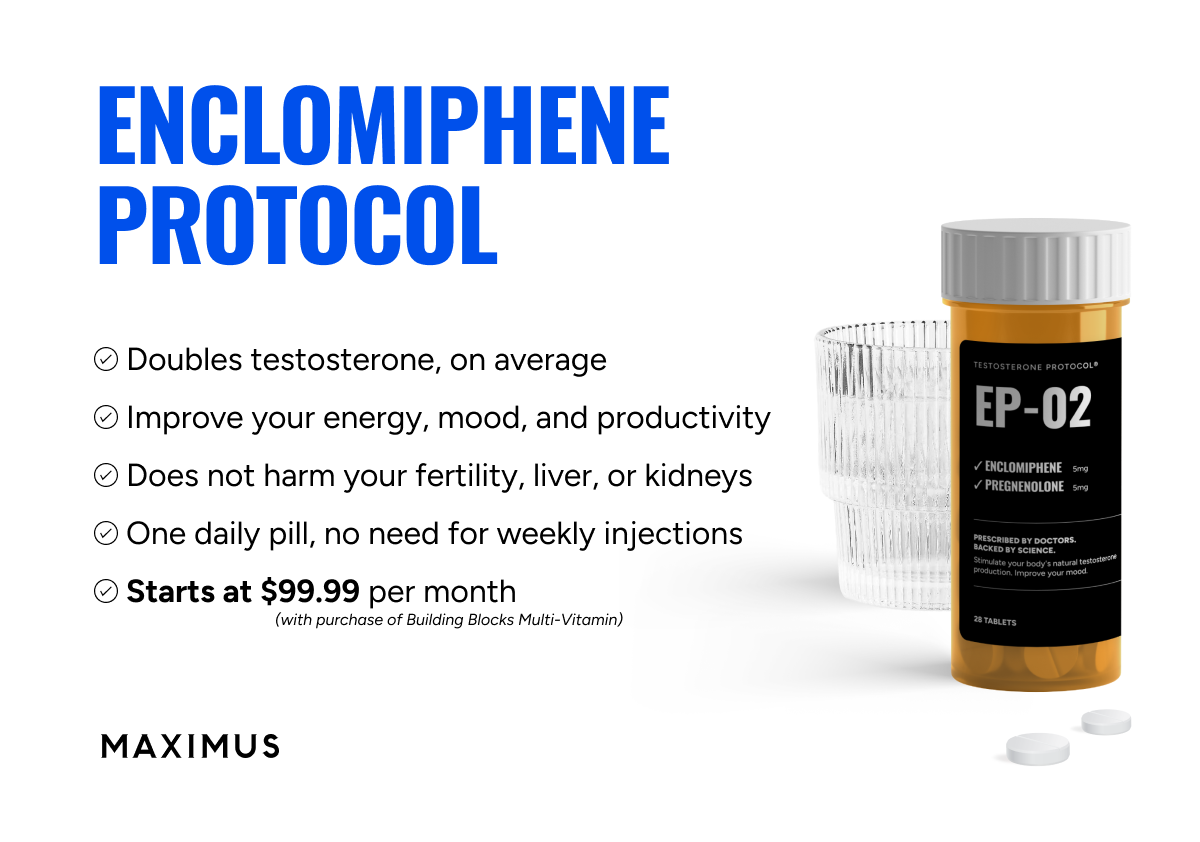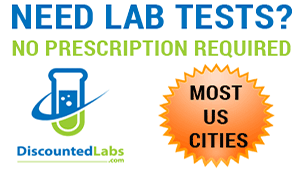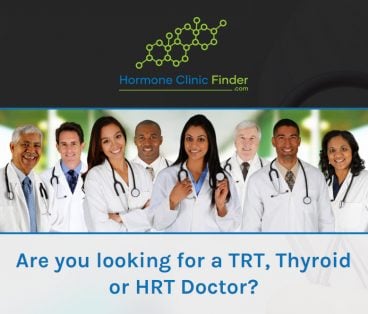All great questions. I will answer each separately.
1.
"But how do we know ur not an N of 1? How do we know that what happened with ur total T is what happens with everyone’s total T when they add in nandrolone?"
I used a
pretest-posttest research method to determine the effects of nandrolone on blood assays, so tightly controlled variables changed between the pretest protocol and intervention protocol.
Pretest Protocol: 0.3 cc test Cyp/Prop EOD (~200 mg per week). 0.25 mg anastrozole 1x per week, no HCG.
Pretest Assays:
TT- 1304 ng/dL
SHBG: 25.5 nmol/:
Free T (Calc): 378.4 pg/mL
E2: 28.3 pg/mL (0.25 mg Adex taken the day before this test)(without an AI my E2 would top at ~60 pg/mL).
Prolactin: 10.4 ng/mL
Intervention Protocol: 0.3 cc Test Cyp/Prop EOD (~200 mg per week), 100 mg nandrolone per week from Empower (weekly dosage split into EOD injections), and the addition of ~250 units HCG 2x per week. No AI. The HCG was the only 'wild card' put in the intervention protocol that wasn't in the Pretest Protocol (this should only add to my TT, not take away).
Posttest Assays:
TT: 531 ng/dL
Prolactin: 9 ng/mL
E2: 40 pg/dL (remember, no AI use was in the intervention protocol)
SHBG: Doctor didn't order
Free T: Doctor didn't order
These test results are obviously not confidently generalizable without further evidence from other nandrolone users in clinical settings given that these results are based on one person. However, the testing, controlling of variables (such as timing of injections, the timing of testing, type of assays utilized, and hormones used) were very well controlled.
2.
"most of the labs that I’ve seen, guys total T usually goes way above the top end of the range, due to the total testosterone test being the standard test, not sensitive, and just adding the nandrolone and testosterone in their system together"
The methodology of these assays were clearly different than mine that were conducted through Clinical Pathology Laboratories in Austin, TX (ordered by Dr. Lipshultz at the Baylor College of Medicine). For Total Testosterone, they use the Roche COBAS electrochemiluminescent immunoassay (ECLIA) methodology. The same methodology and lab was used in both the pretest and posttest.
3.
"Why would competitive binding at the androgen receptor matter with total T? Isn’t total T just the amount of testosterone in your blood?"
I can't confidently answer this question. Blood assays in those in clinical treatment appear to support a reduction in TT with the addition of other anabolics (e.g. nandrolone, oxandrolone). Why this event happens, I cannot confidently say, nor can anyone else confidently give an answer to this. (Other than speculation of assay methodology).
4.
"Nandrolone converts very very little into E2 and prolactin. So theoretically, if testosterone dose stayed the same, and low dose nandrolone was added, I would imagine you would see a slight increase in both E2 and prolactin. But if test dose was decreased, and nandrolone was added in at a low dose, I would imagine that u would see a net decrease in E2 and prolactin."
Indeed. However, from a non-theoretical standpoint, real-world clinical use and the aforementioned pretest-posttest research design used to determine the effect on blood assays, this is not what happens.
Competitive-binding at the androgen receptor would dictate that the hormone with the stronger binding affinity for the AR would express its effects to a greater degree than the hormone with lower binding affinity; in this case, nandrolone expression would be greater than testosterone expression given their relative binding affinities. So with nandrolone's progestonic and estrogenic effects being lower than that of testosterone, even from a theoretical standpoint, it would make sense that adding nandrolone to Testosterone without decreasing the T dosage would result in lower E2 and prolactin.














